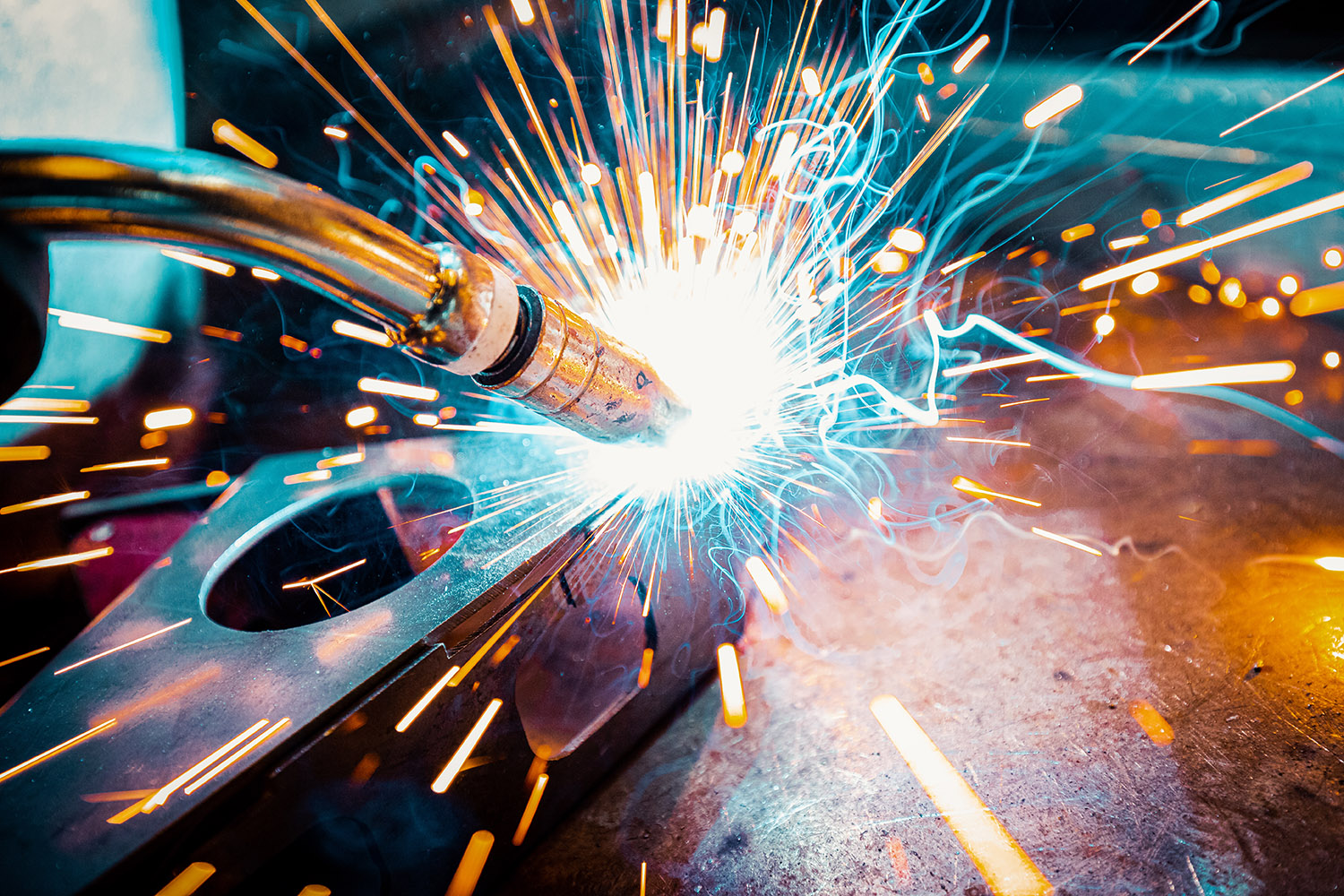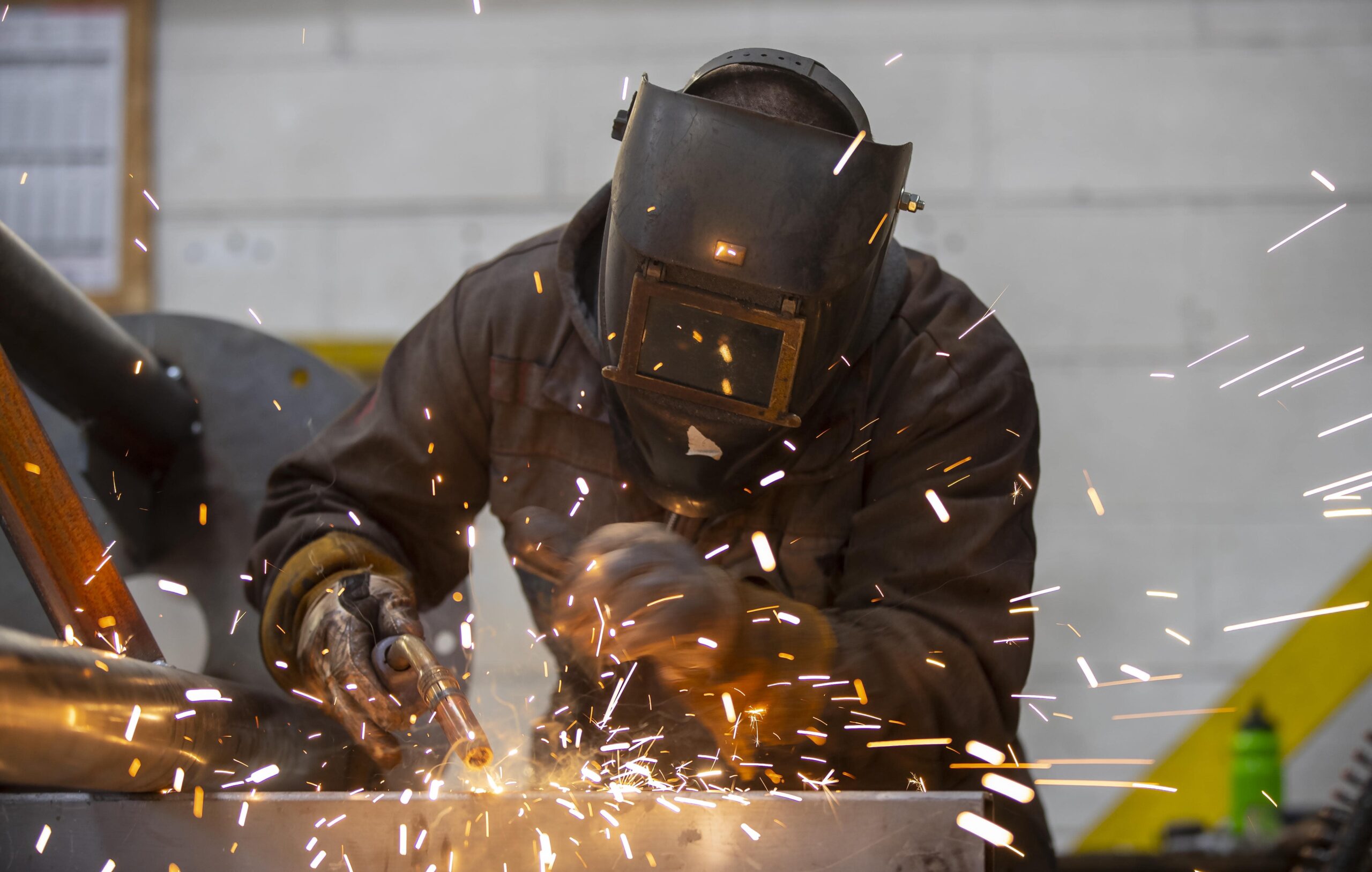Quick tips for poor fusion from Montana Mobile Welding and Repair
Common Welding Fixing Issues and How to Address Them Effectively
Welding repairs commonly experience a variety of problems that can jeopardize the honesty of the end product. Common issues include poor infiltration, porosity, and imbalance, to name a few. Each problem provides special difficulties that need particular strategies for resolution. Recognizing these issues is crucial for welders intending to enhance their outcomes and skills. This conversation will check out these common welding fixing issues and efficient techniques to resolve them.
Inadequate Infiltration
Inadequate penetration occurs when the weld metal stops working to totally fuse with the base material, causing weak joints and potential architectural failures. This problem frequently originates from insufficient warm input, incorrect electrode angle, or inappropriate welding rate. Welders might encounter poor infiltration because of a miscalculation of the required parameters for a specific material density or kind. Additionally, contamination on the base product's surface can hinder effective bonding, worsening the issue. To resolve insufficient infiltration, welders must ensure ideal settings on their tools and keep a clean job surface. Normal evaluation of welds is advised to recognize any type of shortages early, enabling prompt adjustments and the prevention of jeopardized structural integrity in welded settings up.
Porosity
Porosity is a typical flaw in bonded joints that shows up as small gas bubbles entraped within the weld metal. This problem can compromise the integrity of the weld, leading to minimized stamina and prospective failure under stress. Montana Mobile Welding and Repair Belgrade Welding. Porosity typically occurs from contamination, wetness, or improper welding methods, which allow gases to leave right into the liquified weld pool. To attend to porosity, welders ought to ensure correct surface area prep work, keep a tidy working setting, and use ideal welding criteria. Furthermore, choosing the appropriate filler product and protecting gas can mitigate gas entrapment. Routine assessment and testing of welds can assist identify porosity early, ensuring timely restorative actions are taken, thereby protecting the high quality and dependability of the welded structure
Misalignment
Misalignment in welding can occur from various aspects, including improper arrangement and thermal expansion. Comprehending the source is necessary for reliable resolution. Numerous modification methods are readily available to straighten components and assure architectural honesty.
Sources of Misalignment
Welding misalignment frequently comes from a range of underlying concerns that can endanger architectural honesty. One primary reason is inappropriate fit-up of elements before welding, which can cause voids and irregular surfaces. Variations in thermal development throughout the welding procedure can additionally lead to distortion, particularly if the products being joined have different coefficients of expansion. In addition, poor fixturing and clamping may fail to hold components securely in position, leading to motion throughout welding. Improperly kept devices, including welding equipments and tools, may present disparities in the weld grain, further adding to imbalance. Ultimately, driver mistake, stemming from insufficient training or experience, can also play a substantial role in developing misaligned welds.
Adjustment Methods Readily Available
Attending to imbalance successfully requires a combination of corrective strategies customized to the details problems handy. One usual approach is making use of jigs or components to hold components in the proper setting during welding, making sure constant positioning. Additionally, pre-heating the materials can help in reducing distortion and improve fit-up. For substantial imbalance, mechanical realignment strategies, such as making use of hydraulic jacks or clamps, can be employed to remedy the setting before welding. Post-weld heat treatment may likewise be needed to soothe anxieties brought on by misalignment. Mindful evaluation and modification throughout the setup phase can protect against imbalance concerns from becoming significant problems, advertising a smoother welding procedure and enhancing total architectural honesty.
Distortion
Distortion is a common obstacle in welding that can develop from numerous aspects, consisting of irregular heating and air conditioning. Understanding the causes of distortion is essential for implementing efficient avoidance methods. Resolving this issue not just boosts architectural stability but also improves the total quality of the weld.
Reasons of Distortion
When based on the extreme warm of welding, products commonly go through adjustments that can cause distortion. This phenomenon primarily arises from thermal expansion and contraction during the welding procedure. As the weld area heats up, the material increases; upon air conditioning, it gets, which can create interior anxieties. In enhancement, irregular heating throughout a work surface can exacerbate these stress and anxieties, resulting in warping or flexing. The kind of material additionally plays a significant duty; steels with differing thermal conductivity and coefficients of growth might react in a different way, bring about unforeseeable distortions. In addition, poor joint layout and insufficient fixturing can add to misalignment throughout welding, raising the probability of distortion. Understanding these reasons is crucial for effective welding repair and prevention approaches.
Avoidance Techniques
Effective prevention methods for distortion throughout welding emphasis on controlling warmth input and making here sure proper joint style. Preserving a consistent warmth input aids to minimize thermal expansion and contraction, which can lead to distortion. Making use of methods such as preheating the workpiece can likewise decrease the temperature level slope, advertising uniform home heating. In addition, selecting proper joint styles, such as T-joints or lap joints, can enhance security and reduce stress focus. Carrying out correct fixturing to protect the work surfaces in location further aids in keeping alignment throughout the welding procedure. Staggered welding series can disperse warm a lot more uniformly, stopping localized distortion. By applying these strategies, welders can considerably decrease the chance of distortion and improve the total top quality of their welds.
Fracturing
Cracking is a typical concern experienced in welding repair work, commonly arising from numerous aspects such as improper cooling rates, material choice, or poor joint prep work. The occurrence of splits can significantly compromise the integrity of the weld, causing prospective failures throughout procedure. To resolve this issue, welders should initially assess the origin triggers, guaranteeing that products are compatible and properly chosen for the specific application. Furthermore, controlling the air conditioning price during the welding process is crucial; rapid cooling can generate tension and cause splitting. Correct joint style and prep work also add to lessening the danger. Applying these strategies can boost weld high quality and longevity, inevitably lowering the possibility of breaking in ended up weldments.

Insufficient Combination
A significant issue in welding repair work is insufficient fusion, which takes place when the weld steel does not appropriately bond with the base product or previous weld passes - Montana Mobile Welding and Repair Fabrication. This defect can lead to weaknesses in the joint, potentially jeopardizing the integrity of the bonded framework. Factors contributing to incomplete blend include inadequate heat input, improper welding strategy, and contamination of the surfaces being joined. To address this concern efficiently, welders need to ensure appropriate pre-weld cleansing and surface preparation, along with adjust their welding criteria to achieve appropriate infiltration and combination. Regular examination during the welding procedure can likewise aid determine insufficient combination early, permitting for timely rehabilitative steps to boost the general top quality of the weld
Overheating
While welding repair work can improve architectural honesty, overheating offers a significant challenge that can cause product deterioration. Excessive warmth during welding can modify the mechanical residential or commercial properties of steels, resulting in lowered stamina, enhanced brittleness, and warping. This phenomenon is particularly critical in high-stress applications where architectural reliability is vital. Recognizing getting too hot can include visual assessments for discoloration or distortion, in addition to checking temperature level throughout the welding process. To mitigate the dangers linked with getting too hot, welders should utilize ideal techniques, such as regulating warmth input, readjusting travel rate, and utilizing appropriate filler products. Furthermore, carrying out pre- and post-weld warm therapies can help recover product residential properties and improve the total high quality of the repair work, guaranteeing long-term performance and safety.
Frequently Asked Questions
What Are the Typical Indications of a Welding Flaw?

Just How Can I Examine My Welds for Top quality?
To evaluate welds for high quality, one can make use of visual evaluations, ultrasonic testing, and radiographic methods. Each strategy ensures architectural stability, identifies problems, and validates adherence to defined requirements, inevitably improving the dependability of the bonded joints.
What Safety and security Safety Measures Should I Take While Welding?
When welding, one need to prioritize security by wearing appropriate individual safety equipment, making certain correct ventilation, securing flammable products away, preserving a tidy office, and knowing environments to avoid accidents and injuries.
Can I Repair a Weld Without Remodeling the Entire Joint?
Fixing a weld without redoing the whole joint is possible, relying on the damage (Montana Mobile Welding and Repair Welding). Techniques such as grinding, including filler material, or utilizing a welding process can properly address specific flaws while protecting the bordering framework
What Equipment Are Important for Efficient Welding Repairs?
Crucial tools for reliable welding repairs consist of a welding device, wire brush, mill, safety equipment, clamps, and filler products. Each tool plays an essential function in making sure quality and safety throughout the repair service procedure. Porosity normally emerges from contamination, moisture, or inappropriate welding strategies, which permit gases to get away right into the molten weld pool. Poorly kept devices, including welding devices and devices, might introduce inconsistencies in the weld grain, additional contributing to imbalance. When subjected to the extreme heat of welding, materials usually go through changes that can lead to distortion. Splitting is a common issue experienced in welding repairs, usually resulting from different elements such as improper air conditioning prices, material choice, or inadequate joint preparation. A considerable issue in welding repair services is incomplete fusion, which occurs when the weld steel does not effectively bond with the base material or previous weld passes.